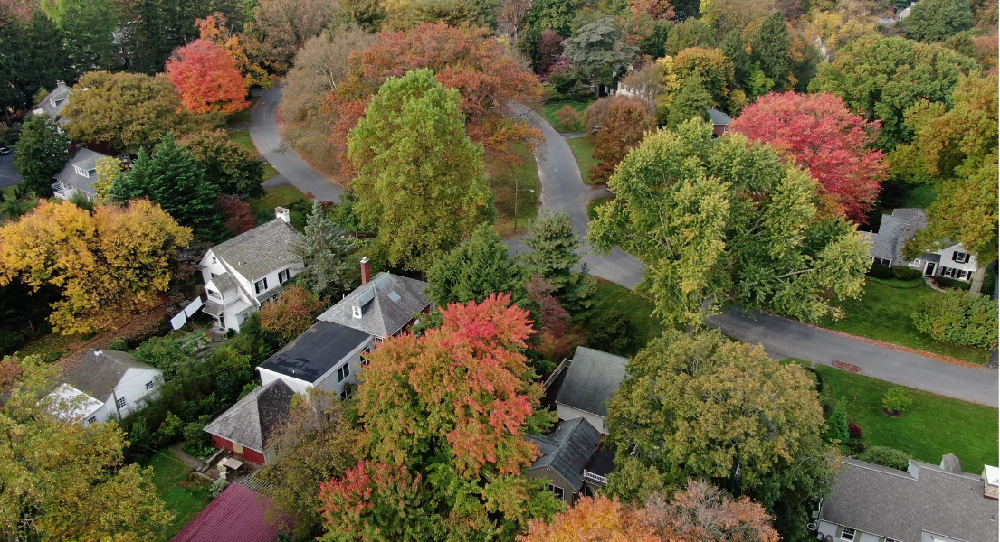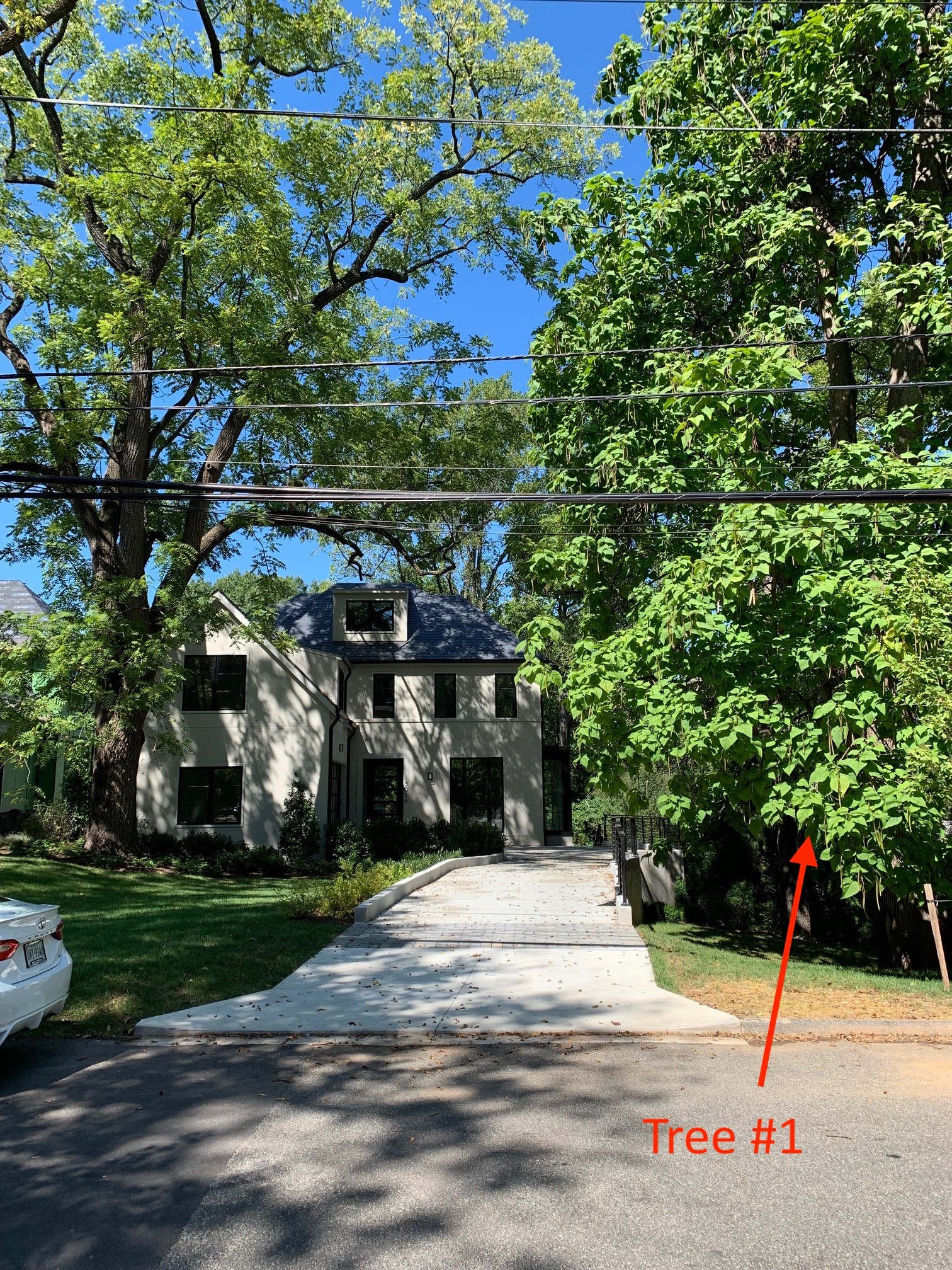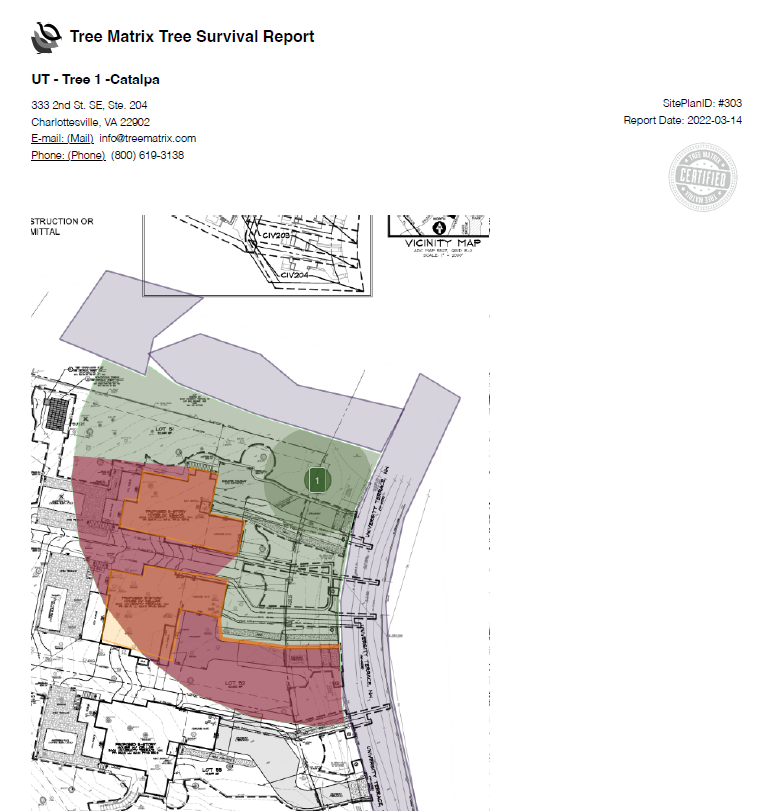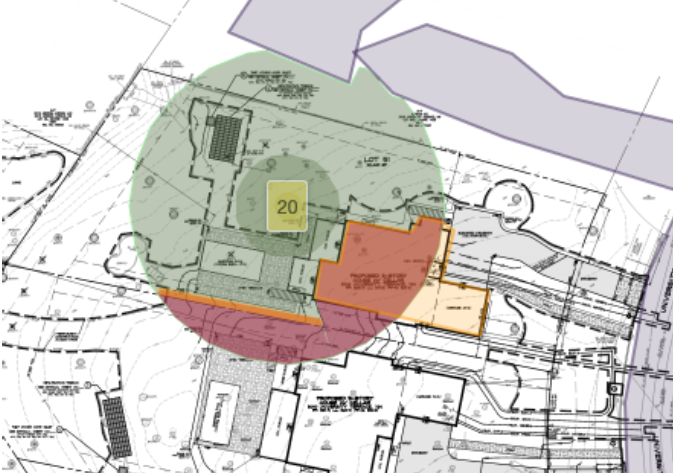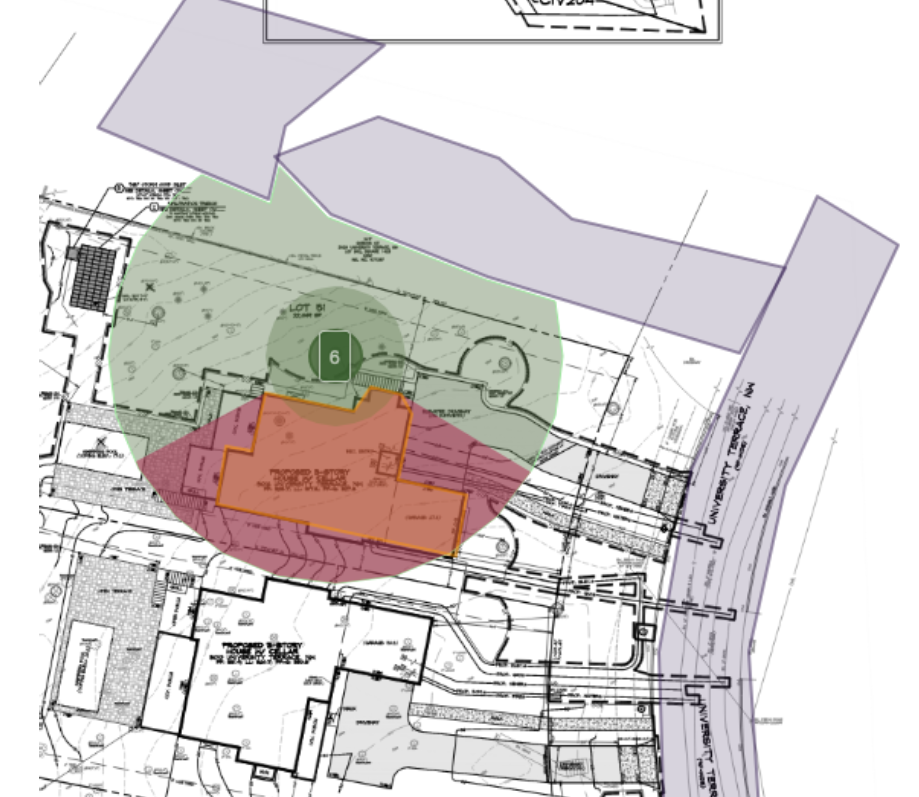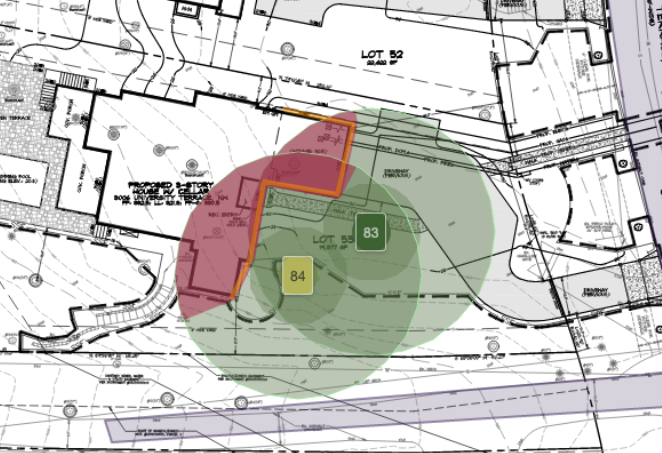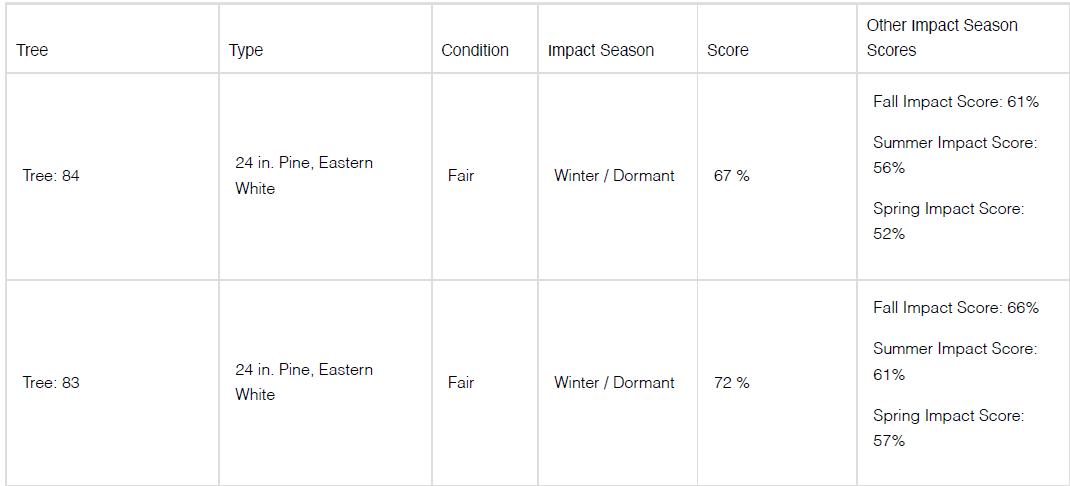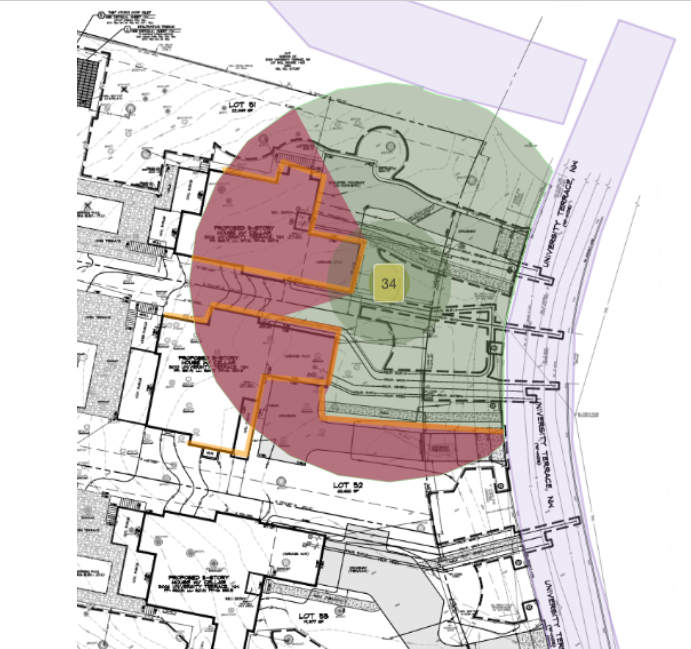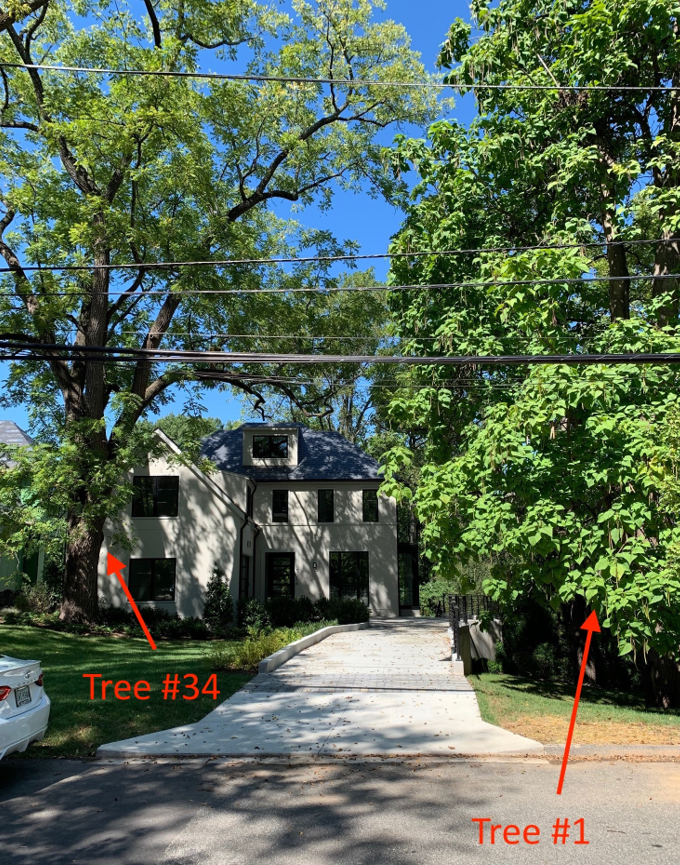"They Said It Couldn't Be Done" Tree Matrix Helps Plot Course to Save 5 Trees
Five years later, the Tree Matrix analysis was spot on in advising caution to any additional root system disruption, indicating a course of preventative measures that have the tree flourishing 5 years down the line.
Tuesday, March 15, 2022
